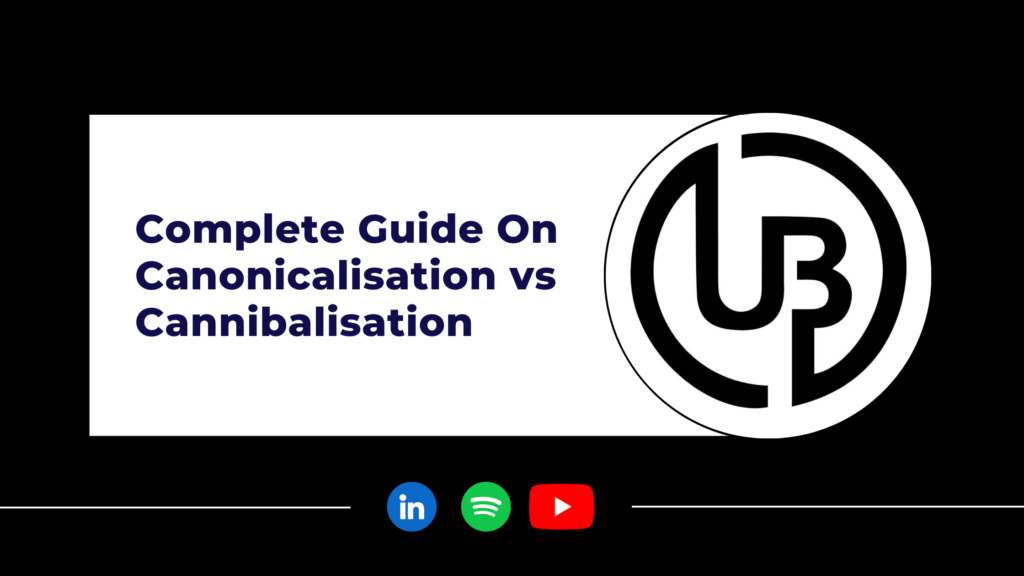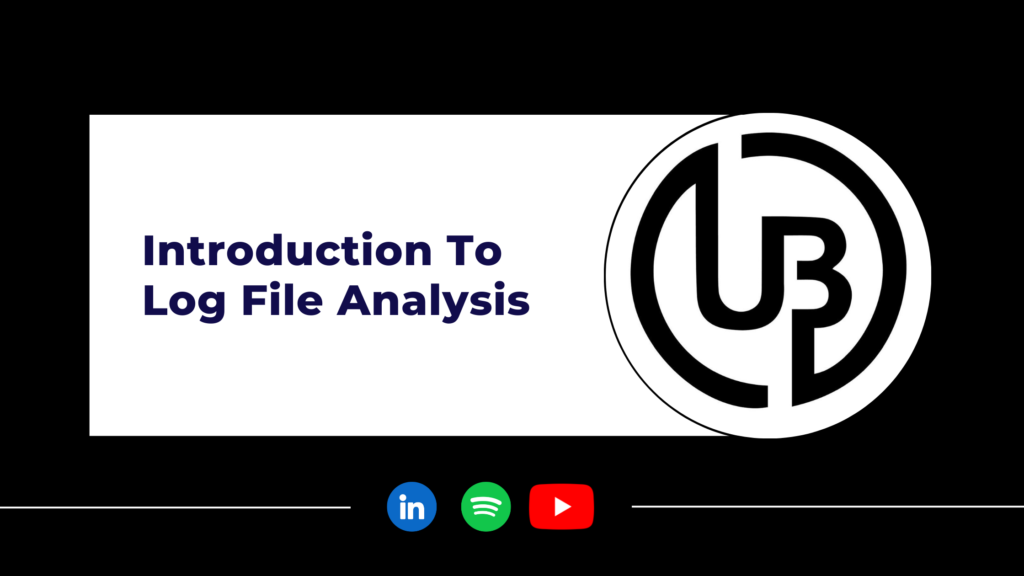Google has redesigned its URL structure best practices documentation, providing better and more organised guidance with practical examples. This new update is a “docs-only change,” which means Google does not modify how Google Search processes URLs but it intends to enhance user experience.
Key Updates:
This revamped document is structured into many crucial areas and is created to provide an in-depth guide for website owners.
- Fixing Crawling-Related URL Structure Problems: This helps to provide solutions and troubleshooting steps for many issues concerning URL structures and impact on crawling.
- Requirements for a Crawlable URL Structure: This outlines the important criterias that URLs must ensure to meet for Google Search to crawl and understand a website’s content.
- Avoiding Common URL-Related Issues: This section states that common problems that can negatively affect a websites’s crawling and indexing, offering detailed insights into potential issues.
- Making Your URL Structure Easy to Understand: This makes sure URLs are user-friendly and can be easily understood by search engines, that can improve user experience and enhance SEO.
Noteworthy Clarifications and Additions
The main advice remains paramount, the updated documentation lists various critical clarifications and new examples:
- Improved Presentation and Examples: A major enhancement in the new document is the use of tables for “Recommended” versus “Not recommended” examples. The visual comparison makes best practices much more clearer.
- Adherence to IETF STD 66: The document states that Google Search condones “IETF STD 66” (formerly RFC 3986) for URLs. It focuses on the crucial need for reserved characters to be percent-encoded to ensure proper interpretation.
- Comprehensive Solutions for Common Issues: Comprehensive and actionable advice is provided for common issues like, additive filtering, unrelated parameters, calendar related problems, and broken links. This document mentions recommendations for using robots.txt and the management of faceted navigation.
- No URL Fragments for Content Changes: Google strongly states against the use of URL fragments (e.g. /#section) to alter page content. It provides another solution, and that is to use History API for JavaScript-driven content modifications and the content changes are indexed.
- Optimizing Parameter Usage: This guide recommends reducing the number of parameters used in URLs. It also clearly states the URL format most preferred and (e.g. ?key=value&key2=value2), preventing the usage of non-standard or complicated parameter structures.
- Hyphens Preferred Over Underscores: Google states to use hyphens (-) instead of underscores (_) to split words within URLs. This enhances readability for users and search engines.
- Enhanced UTF-8 Encoding Guidance: The advice on UTF-8 encoding is now much more clearly defined. It clearly states the difference between recommended (UTF-8) with non-recommended (non-ASCII characters) formats and a useful Japanese character for visual interpretation.
- Addressing URL Case Sensitivity: A specific section that emphasizes URLs that must be case-sensitive. The document suggests maintaining a casing to prevent Google from identifying different cases of the same URL as unique pages, which often results in duplicate content.
Conclusion
Ultimately, Google’s redesigned structure documentation offers webmasters a detailed structured, prescriptive, and modern resource. Its primary purpose is to encourage website owners to refine their URL structures, resulting in efficient crawling and indexing by Google Search.
Read More : Google Search Appearance

